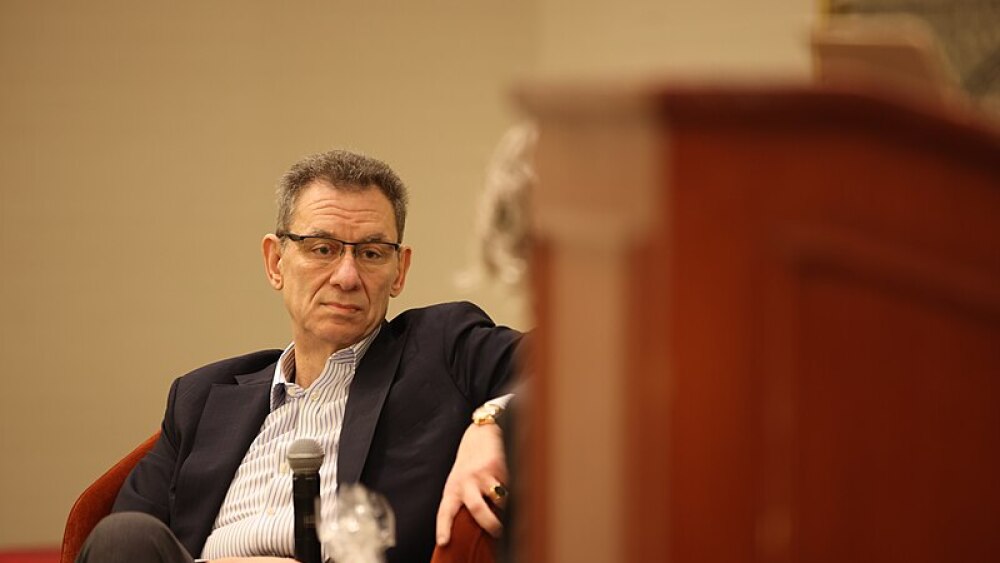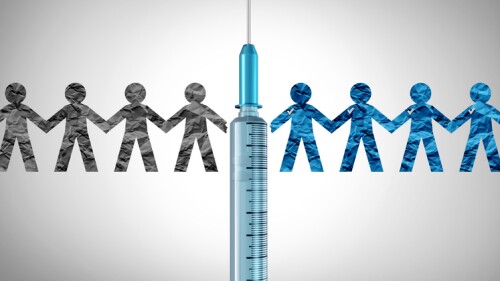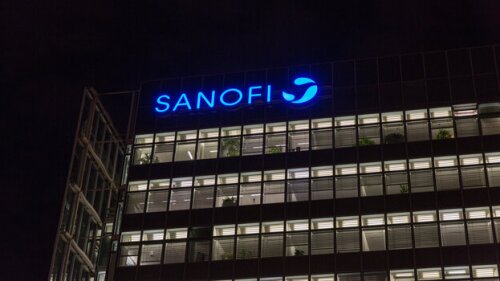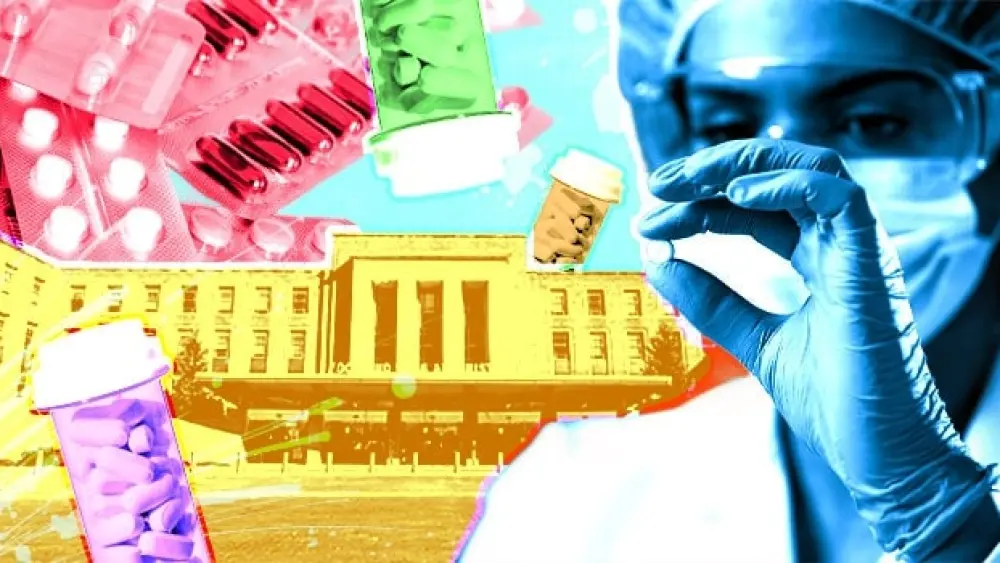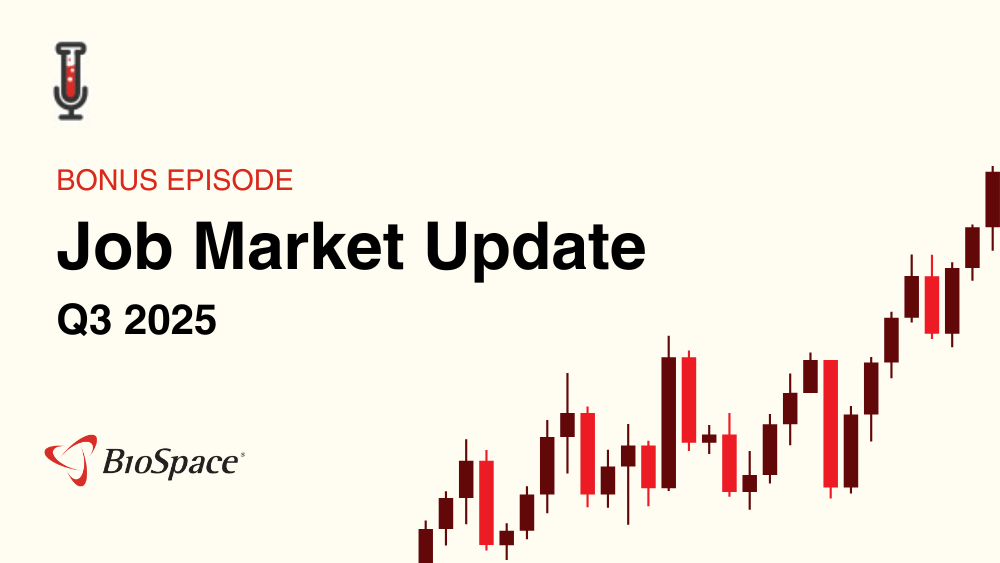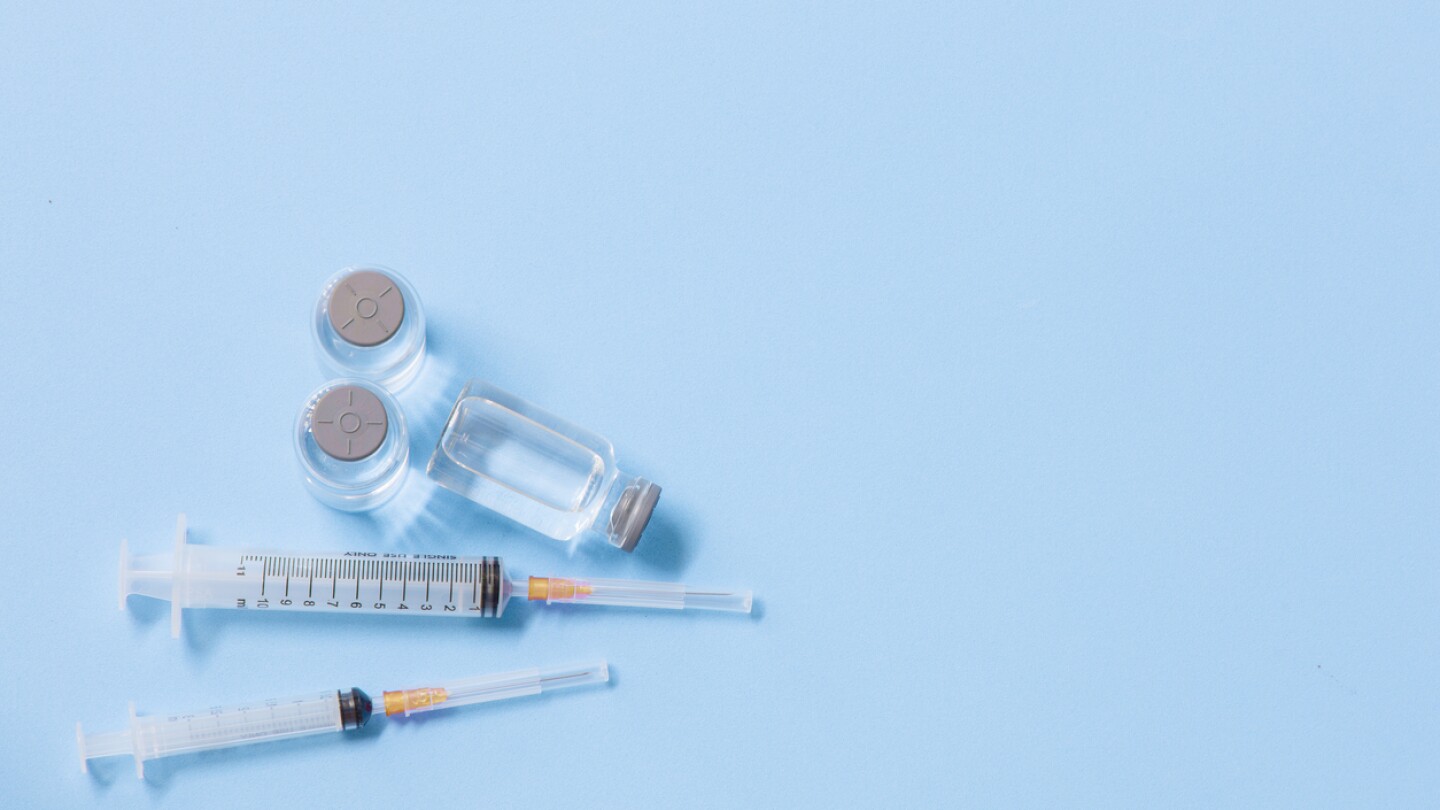News
Pfizer CEO Albert Bourla defended his company’s vaccine business as rhetoric from HHS Secretary Robert F. Kennedy Jr. drives a notable drop in COVID-19 sales.
FEATURED STORIES
Coming up in the back half of December, the FDA will issue a verdict on Vanda Pharmaceuticals’ gastroparesis drug tradipitant, which it rejected last September, triggering a very public dispute with the company.
Every year in biopharma brings its share of grueling defeats, and 2025 was no different, especially for companies targeting neurological diseases. Some failures split up partners, and one particularly egregious case even led to the demise of an entire company.
With five CDER leaders in one year and regulatory proposals coming “by fiat,” the FDA is only making it more difficult to bring therapies to patients.
Job Trends
Due largely to CSL, Merck and Novo Nordisk’s reorganizations that could total about 19,350 people, Q3 cuts rose significantly year over year and quarter over quarter, based on BioSpace tallies.
FROM OUR EDITORS
Read our takes on the biggest stories happening in the industry.
The HHS secretary recently canceled $500 million worth of BARDA contracts around mRNA vaccine research. But the U.S. government has already spent billions on this work, which has saved millions of lives.
THE LATEST
For $950 million upfront, Sobi will gain ownership to pozdeutinurad, an oral URAT1 inhibitor that performed well in Phase II studies.
The FDA’s Vinay Prasad recently claimed in an internal memo that at least 10 children have died from coronavirus vaccines, but an internal safety review showed that the count was much lower.
In the midst of regulatory and political upheaval, biopharma’s R&D engine kept running, churning out highs and lows in equal parts. Here are some of this year’s most glorious clinical trial victories.
With notable therapies from Biogen, Sarepta and MacroGenics failing to show efficacy in pivotal or confirmatory trials, experts question the use of biomarker evidence for approval while one former regulator insists that a “failed trial is not a failed drug.”
The loss of domvanalimab is the latest in a string of high-profile failures recorded across the biopharma world for the TIGIT modality, including from GSK, Merck and Roche.
Generalized myasthenia gravis is Uplizna’s second new indication this year, after the FDA cleared the anti-CD19 antibody for IgG4-related disease in April.
Blujepa is also approved for uncomplicated urinary tract infection in females 12 years and older.
The 2024–2025 formulations of COVID-19 vaccines had an effectiveness rate of 76% at preventing emergency or urgent care visits in children aged 9 months through four years, according to a new report.
In a first for the Parkinson’s field, AC Immune’s immunotherapy has stabilized key biomarkers that suggest an effect on the disease’s course.
Analysts were hoping for a safety profile similar to what was achieved in Phase II but an abnormal sense of touch, called dysesthesia, has emerged in the late-stage TRIUMPH-4 trial.

